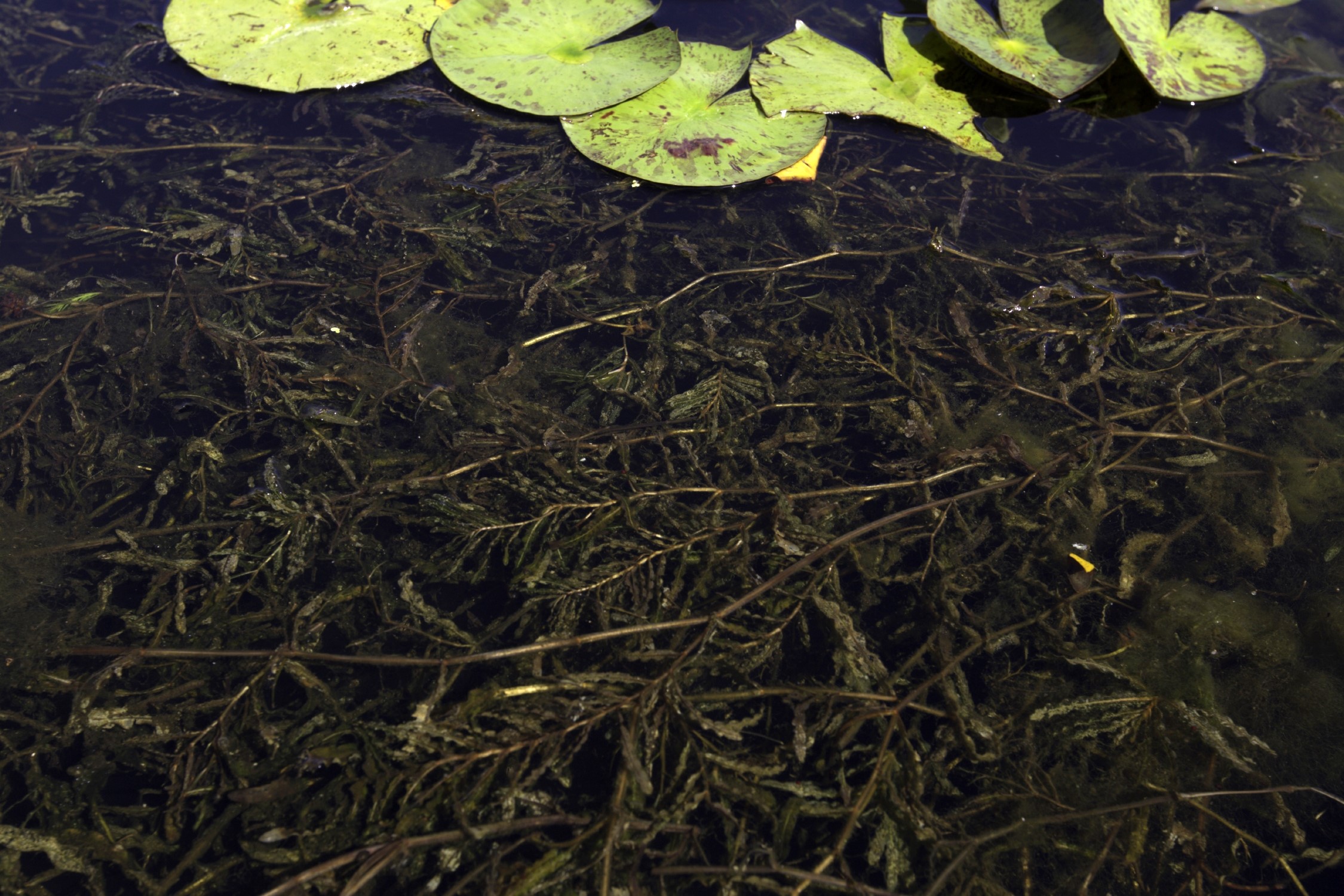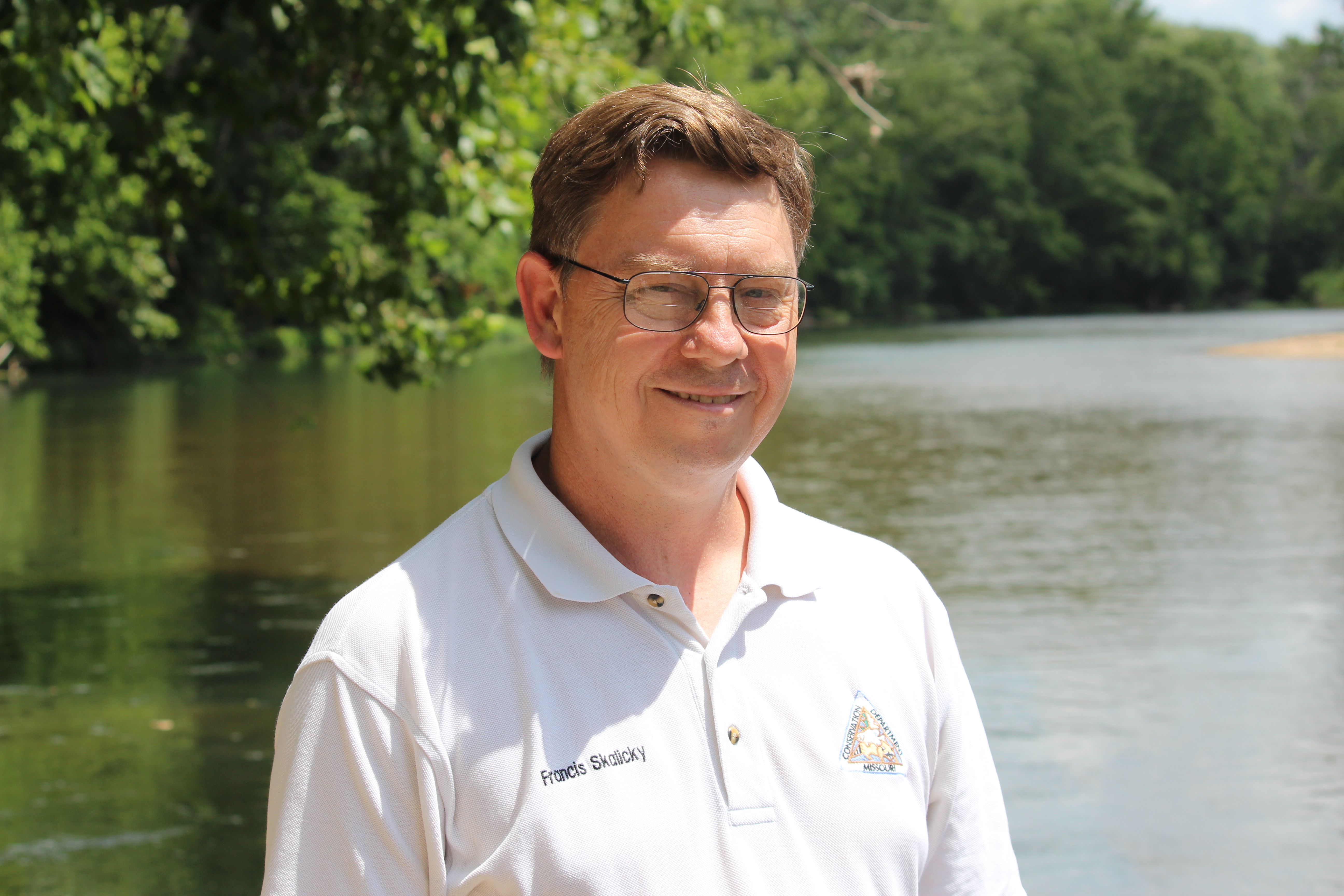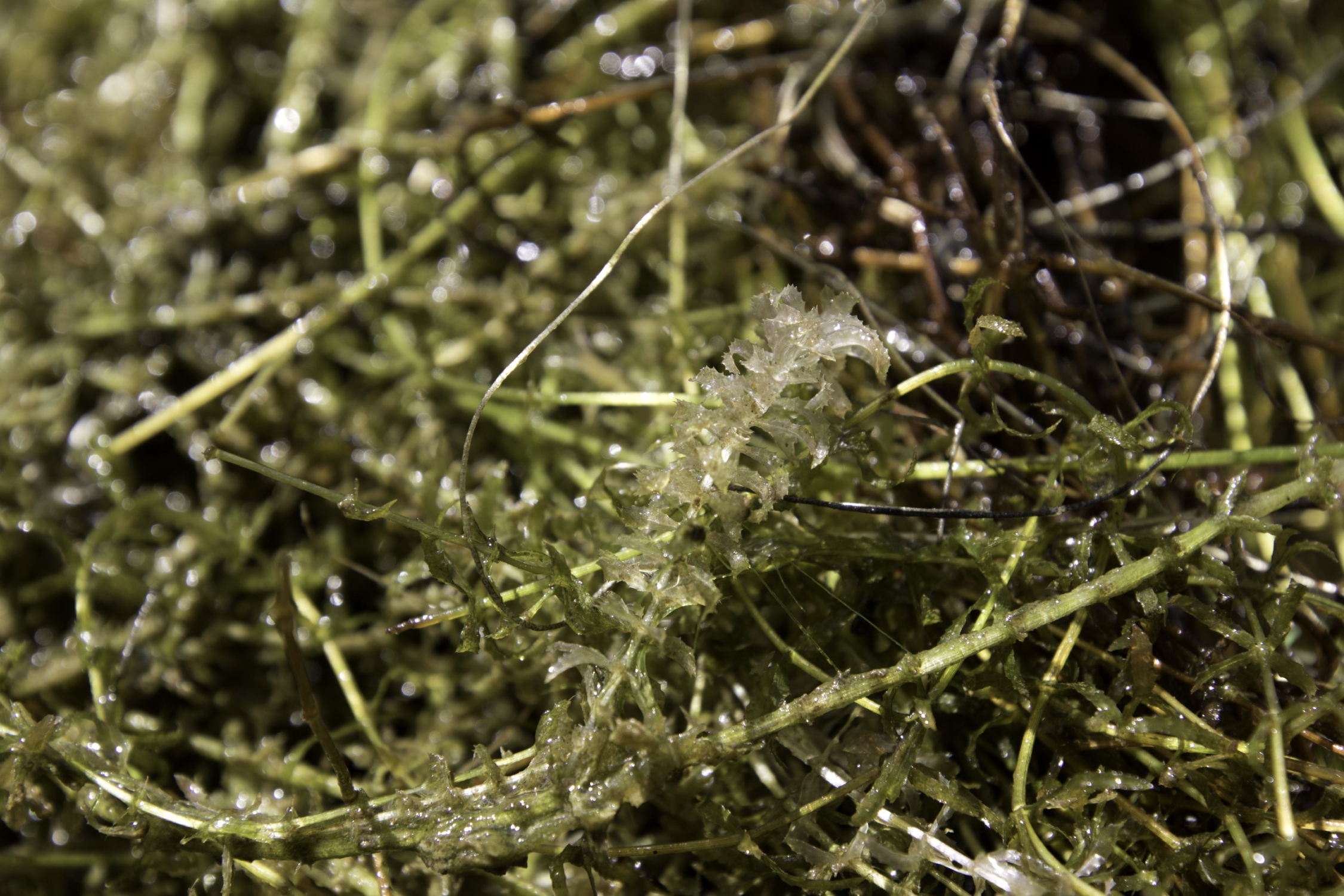IN-DEPTH
As other states grapple with the continued spread and negative effects of the federally listed noxious weed hydrilla, Missouri is cautiously approaching eradication, over a decade after it was first discovered in the state.
Hydrilla, widely considered one of the worst invasive aquatic weeds in the country, was first introduced to the U.S. in the 1950s, although its first documented sighting in Missouri wasn’t until several decades later. Greene County quickly became the state’s epicenter of what has been labeled the “perfect weed” after it was discovered in a private pond in the northeastern part of the county in 2012.
Since then, it has spread to at least six other counties, including Benton, Cedar, Dallas, Taney, Warren and St. Louis counties, according to the Missouri Department of Conservation. And while the MDC and its partners remain “vigilant” in the ongoing battle against hydrilla, a success story is budding as eradication is within reach.
“Usually with an invasive species, we're talking about just keeping it from spreading,” said Francis Skalicky, the metro media specialist for the MDC’s Southwest Regional Office. “We're not talking about eradication anymore. We're talking about just holding the line of where it's at and keeping it from getting worse. But with hydrilla we're actually making progress and our goal is still to eliminate it from Missouri.”
What is hydrilla?
Native to the Indian subcontinent, hydrilla came to the U.S. through the aquarium trade, and likely entered U.S. waterways by being discarded from aquariums.
Although initially thought to be contained to southern states, hydrilla has proved to be adaptive and resilient, spreading to at least 29 other states, including New York, Massachusetts and Wisconsin.
Hydrilla spreads rapidly, and in a variety of ways, with seed dispersal playing only a minor role. Fragmentation, tubers and turions are prominent methods of the weed’s propagation. A fragment of a plant — as small as a singular leaf whorl — can be spread by humans or other wildlife moving from one body of water to another. Hydrilla’s potato-like tubers, which are attached to its root structures, can multiply in the thousands within a single square meter and stay viable in the soil for up to a decade. Its turions, or buds, can live long enough for hydrilla to propagate in the spring.

It can grow up to an inch per day, and is not hindered by depth and water clarity, allowing it to create dense, vegetative mats that can reach the water’s surface. Its spread chokes out native aquatic plants, harms fish and bird populations and interferes with aquatic recreation. Hydrilla can also impact source water, driving up the cost of drinking water and hydro power generation.
Because of the resiliency of its tubers and its ease of spreading, hydrilla can be extremely difficult to eradicate, and requires several applications of expensive herbicide and years of monitoring.
One of the most common herbicides used to treat hydrilla is fluridone, a slow release pellet that kills off the weed and has little impact to other native plants and wildlife. Its application is dependent on several factors, including water volume, timing and whether or not water is flowing through the system.
However, thanks to the efforts of collaboratives like the Southwest Missouri Hydrilla Working Group, eradication has been achieved in some sites, and appears possible in Greene County as a whole and statewide.
Collaboration credited in eradication efforts
After hydrilla was discovered in Missouri in 2012, treatment began in earnest in 2013 due to the private pond’s proximity to tributaries that flowed into surrounding lakes and the James River Basin. Skalicky described Greene County as “ground zero” in the fight to eradicate hydrilla from the state.
“It was an area that was very connected to some major waterways in this area,” Skalicky said. “So that's why we had to hop on it and really tried to get it contained and eliminated before it spread.”

Despite their early efforts, hydrilla managed to spread to at least 35 sites in Greene County.
In 2014, the MDC formed the Southwest Missouri Hydrilla Working Group, which consists of organizations invested in water resources. In addition to the MDC, the group includes the Watershed Committee of the Ozarks, City Utilities, the U.S. Army Corps of Engineers, Greene County and the Missouri Department of Natural Resources.
In addition to the consortium of organizations, the cooperation of landowners was vital to treating hydrilla, as many sites — including the first in the state — have been located on private property.
“There’s a lot of connectivity with our effort…What we've accomplished with hydrilla is an example of what you can do when you have committed partners that are very involved in the project, and that's what we have with our Southwest Missouri Hydrilla Working Group,” Skalicky said.
In 2020, the Working Group was awarded the Invasive Plant Action Award by the Missouri Invasive Plant Task Force for the significant progress that was made in eradicating hydrilla. As of October 2023, of the 37 sites in southwest Missouri — including the 35 in Greene County — hydrilla has been eradicated from four of them, with eight undergoing active treatment and 23 in the monitoring phase. Because of hydrilla’s resiliency, even though treatment has already taken place, sites have to be monitored for five years before it is officially determined to be eradicated.
Eradication efforts have been paused on two sites because the MDC lost access due to a change in property ownership.

Fellows Lake, the largest and first known public body of water to have hydrilla in Missouri, is in its second year of monitoring.
Mike Kromrey, the executive director of the Watershed Committee of the Ozarks, said that it is important to stay vigilant in their continued efforts to eradicate hydrilla, but that Greene County has ultimately become a “leading case study” for Missouri as a model “for partnership, treatment and eradication.”
While Kromrey commended the contribution of the various partners in the Working Group, he said that the MDC has been the “tip of the spear” in the battle against hydrilla, in particular Kara Tvedt. He said that Tvedt, a fisheries biologist with the MDC, has “quietly” led their efforts since the beginning.
Feral hogs, or bush honeysuckle, or ... Asian carp — a lot of these things are going to end up just being management, not eradication. With hydrilla, we're actually on the path to eradicating it in our area.”
Mike Kromrey, Watershed Committee of the Ozarks
“It's really rare to win a battle against invasive species,” Kromrey said. “Feral hogs, or bush honeysuckle, or, you know, a lot of these things — Asian carp — a lot of these things are going to end up just being management, not eradication. With hydrilla, we're actually on the path to eradicating it in our area.”
Public awareness crucial going forward
Outside of the efforts made by the Working Group in southwest Missouri and elsewhere around the state, Skalicky and Kromrey attributed much of their success to public education and awareness campaigns.
“The more people hear about this, the more they ask about it, or the more they go online to learn about it and the more they learn about it, either by asking at the Department Conservation office or by going online, the more they understand why it's a problem,” Skalicky said. “And that way we have more people looking for it, the more people know we don't want it around.”
While Skalicky helped the MDC begin to signal warnings about hydrilla shortly after it was introduced to the state, it wasn’t until closer to 2020 that they broadened public messaging about the dangers of the invasive weed.
In addition to making the general public aware of hydrilla, the marketing campaign is meant to encourage landowners with ponds and other bodies of water on their property to keep an eye out for hydrilla and boat owners to ensure their boats are clean of mud, plants and animals.

Advertisements alerting the threats posed by hydrilla can be heard on the radio and seen on City Utilities buses. Owned by City Utilities, Fellows Lake is managed by the Watershed Committee of the Ozarks, which allows them to educate people who recreate at the lake on hydrilla.
“We got on top of it last time and we were caught sort of blind by it and so going forward, once we get it down to just monitoring phase, you know, people will be aware of what to look for, and we'll know exactly what to do if we find it,” Kromrey said.
In addition to the money spent on labor, advertising and other costs associated with eradicating hydrilla, the MDC spends between $300 to $500 per acre in its hydrilla treatment efforts, with the ultimate goal of completely eradicating it from Missouri. In 2022, the MDC treated 84 acres, bringing total treatment costs to somewhere between $25,200 and $42,000 statewide — a figure that pales in comparison to what is spent elsewhere.
In 2022, Florida spent over $13 million to control hydrilla in 26,448 acres, having spent about $66 million between 2008 and 2015.
More information on hydrilla, and how to identify it can be found on the MDC’s website.


